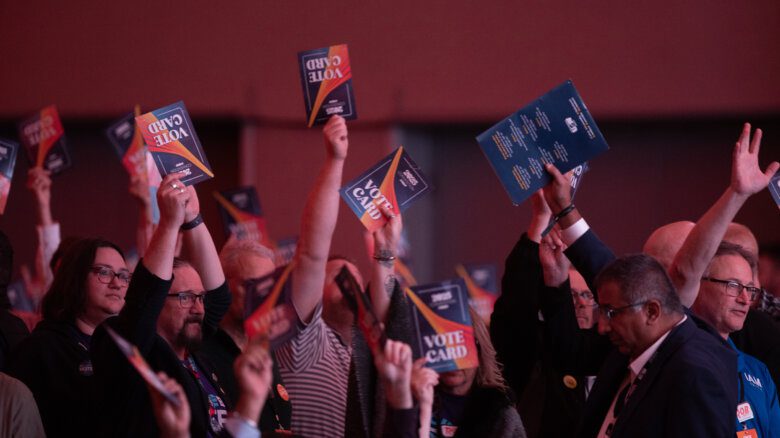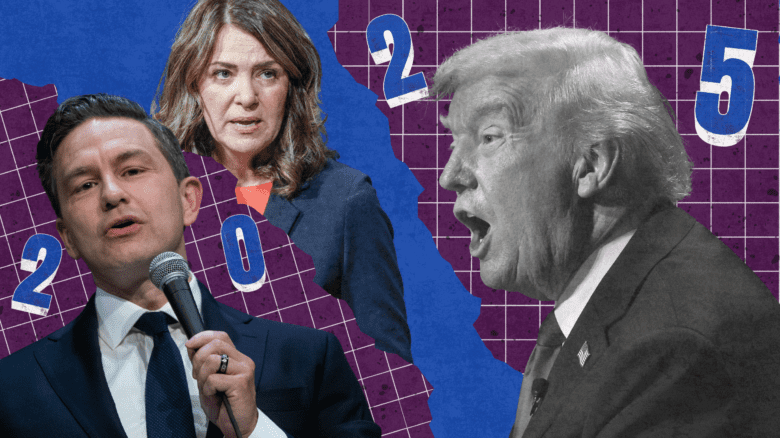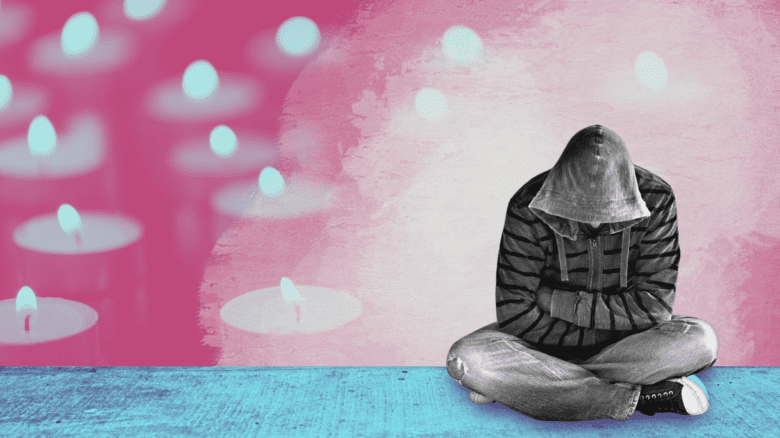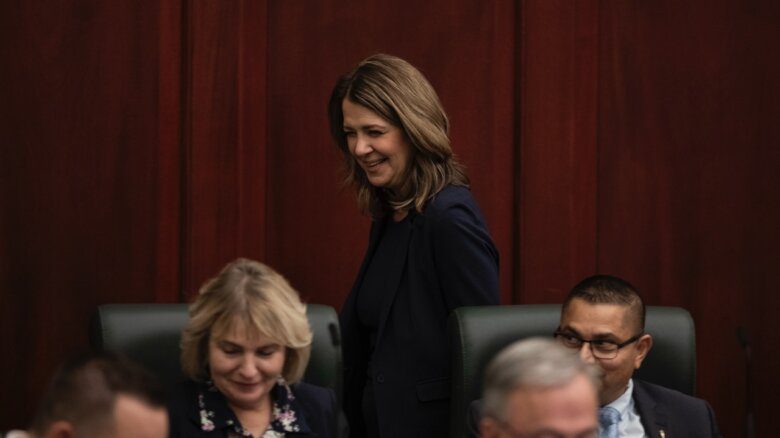The leaked draft from the United States’ Supreme Court, which appears to overturn the 50-year-old decision that made abortions legal in the U.S., has already had repercussions in Canada. Eager to capitalize on a chance to divide the Conservatives, Liberal and Bloc Québécois MPs began poking into the issue during Question Period on Tuesday and Wednesday last week, and we saw some genuine anger in the Chamber. As someone who watches Question Period in person every day, I see a lot of theatrical anger, but not the kind of genuine rage that was on display, particularly among Quebec Conservatives who were singled out.
To start with, there is little fear of losing these rights in Canada, because abortion in Canada operates under an entirely different legal framework than in the U.S. Roe v. Wade stems from the right to privacy—something not in the Bill of Rights, but was acknowledged to surround a number of those rights some 20 years before Roe v. Wade was decided. The U.S. Supreme Court at the time found that there was a reasonable inference of those rights as they related to privacy. That said, even among pro-choice voices, the decision is often found to be imperfect.
In Canada, a right to an abortion was decided by the Supreme Court of Canada in R v. Morgentaler in 1988, and rested on Section 7 of the Charter of Rights and Freedoms, which guarantees life, liberty and security of the person. What this did, in effect, was to say that a criminal prohibition against abortion was unconstitutional. The Conservative government under Brian Mulroney attempted to draft new legislation that fit within this decision, but it was defeated on a tie vote in the Senate, and the matter was abandoned. This has left the notion that there are no laws around abortion in Canada, but that’s not entirely true. Abortion is not a criminal offence in Canada, but is treated as a medical procedure, which subjects it to provincial regulation, and there are differing rules around it in different provinces, and uneven access, depending on where you live.
There is a great deal of justified fear in the U.S. that other rights, which flow from the same justification as Roe v. Wade, including the decisions striking down sodomy laws across the country, will be vulnerable if Roe v. Wade is indeed overturned. This is less the case in Canada, in particular because most of these rights are legislated, and while sexual orientation is not explicitly in the Charter, the Supreme Court of Canada determined that it is analogous to all other enumerated rights in Section 15 of the Charter, and is to be “read in.” There is no conceivable possibility that this could be reversed in Canada.
“If Roe v. Wade is overturned in the U.S., it will likely galvanize social conservatives in Canada and those who are looking to import the American culture-war rhetoric into this country.”
But what could change in Canada? If the Conservatives won an overwhelming parliamentary majority next week, would these rights be in danger? Not immediately. Courts in this country are not as polarized as they are in the U.S., and given the current makeup of our Supreme Court, it would take a long time to turn over enough judges to a bench that would be sympathetic to anti-abortion arguements, if at all. We don’t have the same legal culture as the U.S., and even when Conservatives have appointed a majority of the Supreme Court, which happened under Stephen Harper, it still didn’t make the Court sympathetic to him. In fact, they kept striking down his legislation. The only way any legislation banning abortion or restoring sodomy laws could be enacted would be to invoke the notwithstanding clause, which has a five-year sunset period, by which point a government can likely be defeated in an election.
So does this mean we can let down our guard? Of course not. If Roe v. Wade is overturned in the U.S., it will likely galvanize social conservatives in Canada and those who are looking to import the American culture-war rhetoric into this country, and we saw examples of this with the occupation of Ottawa earlier this year. That will look and feel somewhat different in Canada because we aren’t simply America-divided-by-10, as too many people on both the left and the right in this country seem to think. The movement will likely look a lot like it does now—focused on presenting a kinder, gentler face of social conservatism, where women are the ones who are the face of the anti-abortion movement. They will continue to try to insidiously gain sympathy for their cause using rhetorical tools like the kinds of misinformation disseminated at “Pregnancy Crisis Centres,” or to focus their actions on things like sex-selective abortions, and laws that give rights to fetuses as a means of undermining the current jurisprudence, hoping that they can chip away at it enough to drive a bigger wedge into the cracks.
But what this focus misses is that the real battles in this country are at the provincial level. While people are happy to call out the federal Conservatives for their lukewarm or contradictory positions around a person’s right to choose, there are too many premiers who are responsible for blocking or restricting access who aren’t being called out.
Prince Edward Island is a province that didn’t offer any abortion services for the longest time, and only recently started offering it under the previous Liberal provincial government. New Brunswick is currently in a fight over their refusal to fund a private abortion clinic in Fredericton (which also provided trans healthcare to the entire region before it was closed). Blaine Higgs’s Progessive Conservative government notes that they provide abortion services in three hospitals in the province; ignoring the fact that abortion is inaccessible to many people, particularly in the eastern part of the province. The federal government did claw back part of New Brunswick’s Canada Health Transfer, equal to the amount that the clinic was forced to charge for services, but when the pandemic started, our “feminist” federal government wound up refunding those claw-backs so that they didn’t look like the bad guys when every healthcare dollar counted, instead of looking like they were standing up for their feminist principles.
This leaves the dilemma of how the federal government can improve access. In the last election, Justin Trudeau and the Liberals promised to add regulations under the Canada Health Act that explicitly puts abortion as a service that must be offered in order for the province to receive their transfer payments, and that work is underway—according to the ministers tasked with it. But using federal dollars as a cudgel can only do so much, and it’s extremely difficult for a federal government to force a province to do anything. So while we have little to fear from the potential Roe v. Wade decision in the U.S., we still have a lot of work to do in this country before the right to an abortion is fully accessible everywhere.
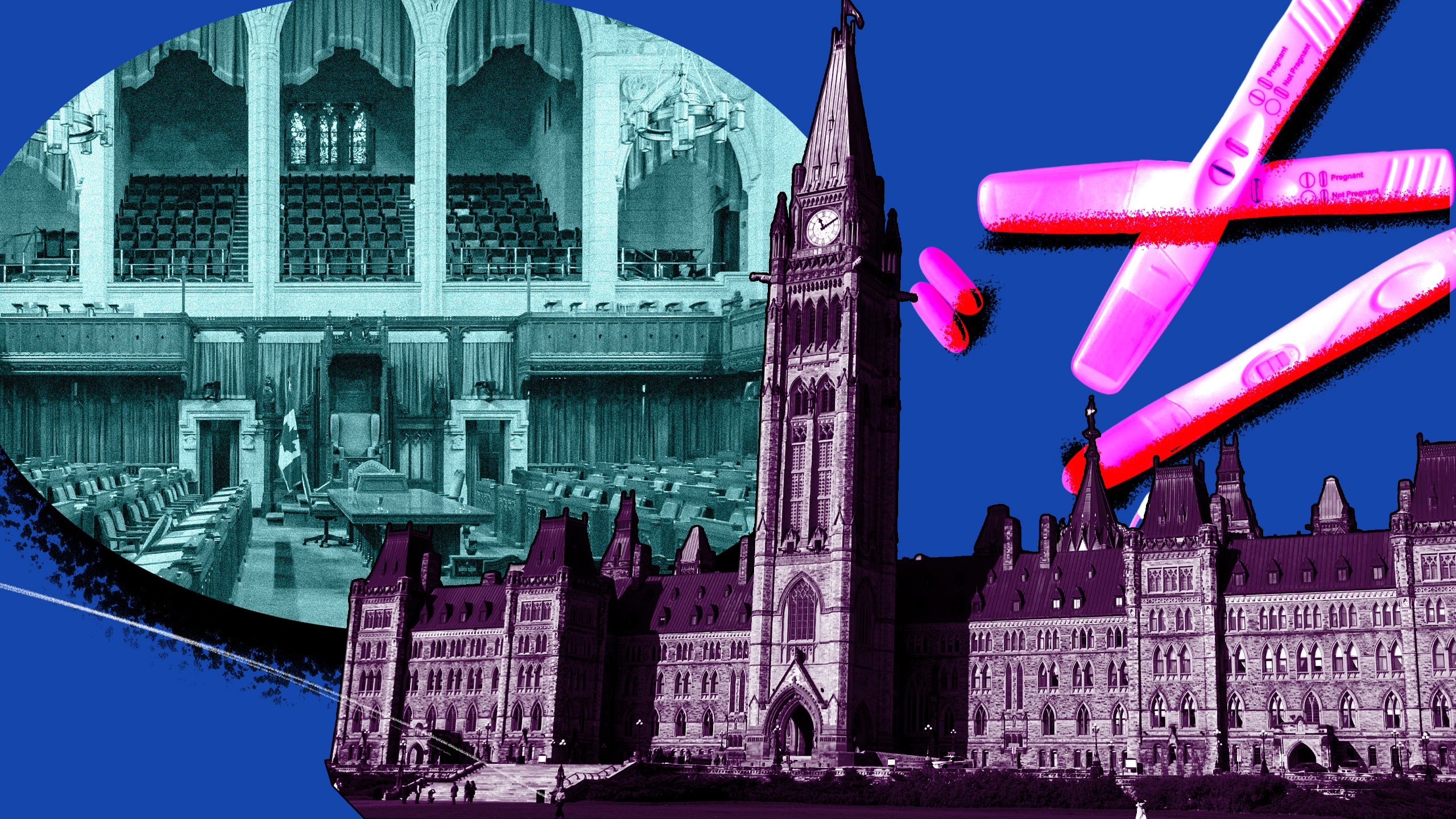

 Why you can trust Xtra
Why you can trust Xtra